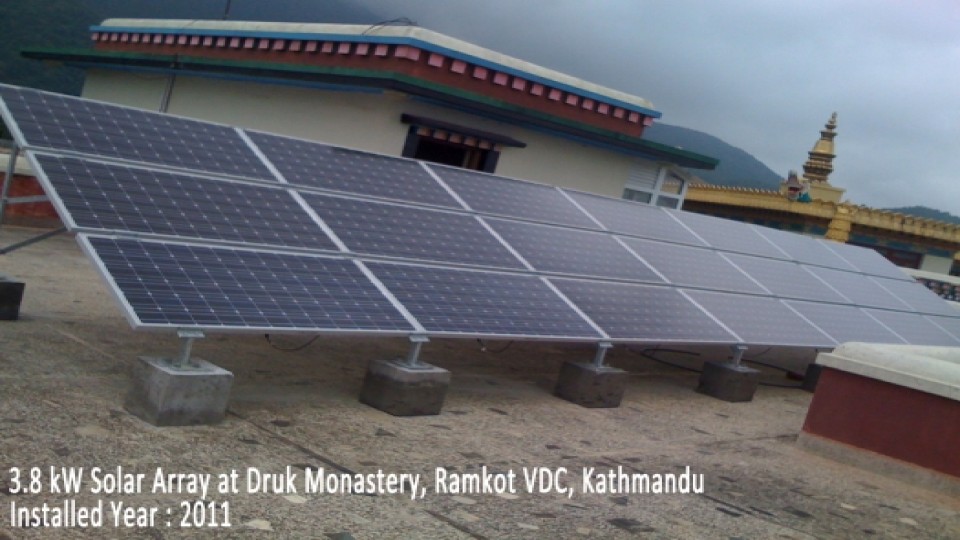Solar PV Panels

Photovoltaic solar panels, also known as solar pv modules or solar electric panels, generate power when exposed to high levels of light. The photo-voltaic effect was discovered in 1839 by nineteen-year-old Edmund Becquerel. Modern pv modules were first developed commercially for NASA and the space race in the 1950's. With no moving parts, solar pv is a silent and reliable method of producing electricity in remote locations.
High quality solar modules have power performance warranties of 20 years on the larger panels, with an expected life of 60 years or more. An early commercial pv system, now 46 years old, is still producing power within warranty guidelines. Solar pv panels are currently available in three main silicon-based technologies. Mono crystalline cells are the most efficient and also the most expensive. Poly crystalline cells are almost as efficient as mono and they are less expensive to manufacture. Amorphous pv modules are the most cost effective and they perform better than the other types in cloudy conditions, however for the same power output they require more installation space.
Over the last few years the solar pv industry has seen a huge increase in demand. In 2008, worldwide module production increased 80% on the previous year.
